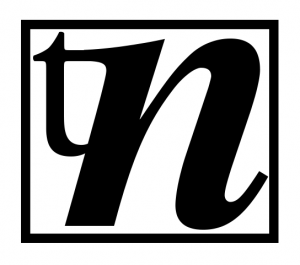Client: Weave: The Social Fabric Project | The Aspen Institute Audience: 1 mil + Platform: Web
Related Links: New York Times Opinion Piece | Weave Post
EP/Director Jason Atkinson Producer/DP/Editor Nathan Wilson Producer/1st Camera Tyler Warren
2nd Camera Jeremiah Reddick Sound Mixer/Recordist Nicholas Wilson PA Perry Atkinson
Weave is a new initiative by the Aspen Institute to forge community and foster communication in all corners of the United States. This film is their first attempt at telling one person’s journey that exemplifies the spirit of leadership and undying compassion that Weave is promoting nationwide.
We were honored to tell the story of Agnes Mckeen, a woman who lost her child to suicide and decided that that wouldn’t be her defining moment. Together with other community leaders and health professionals she began Just Talk, a community forum for people in her home town of Klamath Falls to share their experiences with suicide.
There were two major challenges that we were presented with on this project. First, there had already been another team from the East Coast that had attempted to put together a piece on Agnes for the Aspen Institute. We were given their footage to see if we could cannibalize it for our attempt. Author and columnist David Brooks was calling the shots at AI and was most concerned with the interview content from the first attempt not working. Our goal was to re-interview Agnes, recreate the moments from the first interview that they really liked, and fill in the gaps that they felt were missing.
In the end we were able to capture 90% of what we were needing, but you can see in the edit how we still ended up using a couple of her answers from the first interview. It illustrated well how when dealing with real people who have been through real trauma, the reaction you get from your subject is rarely going to be the same twice, and capturing the magic of that unfiltered raw emotion becomes harder and harder the more you coach your subject to get the response you’re ‘needing’ to fit the narrative you’re constructing. But our director, Jason Atkinson, had a deft touch and a good sense of when to push Agnes on something and when we had lost the moment.
Our second major challenge was to capture everything we needed for this piece in a half day. The pre-interview with Agnes was key in making this work. Luckily, the first team had laid a lot of ground work, and by now Agnes was no stranger to the behind-the-scenes machinations of the filmmaking process, so she was very helpful in offering solutions for many of the typical production needs that came up. The extensive background that Tyler and I have in vérité-style doc work always comes in handy on these kinds of shoots as the plan rarely gets executed as it is on the page. From having to quickly scout and pick locations on the day of, to having to change our interview location last minute, to recognizing what elements we have to work with on hand in the moment and making the most of our very limited time, our team works very well together to identify and communicate with one another to either minimize or make the most of each of these opportunities.
All in all we are very happy with how this piece turned out, and were super excited to see the story on the New York Times website. We hope it leads someone to finally taking that step to reach out and talk to someone about what they are going through. Agnes’s story was truly heartbreaking, but the change she has affected in her community was incredibly inspirational. Be kind, and just talk.

